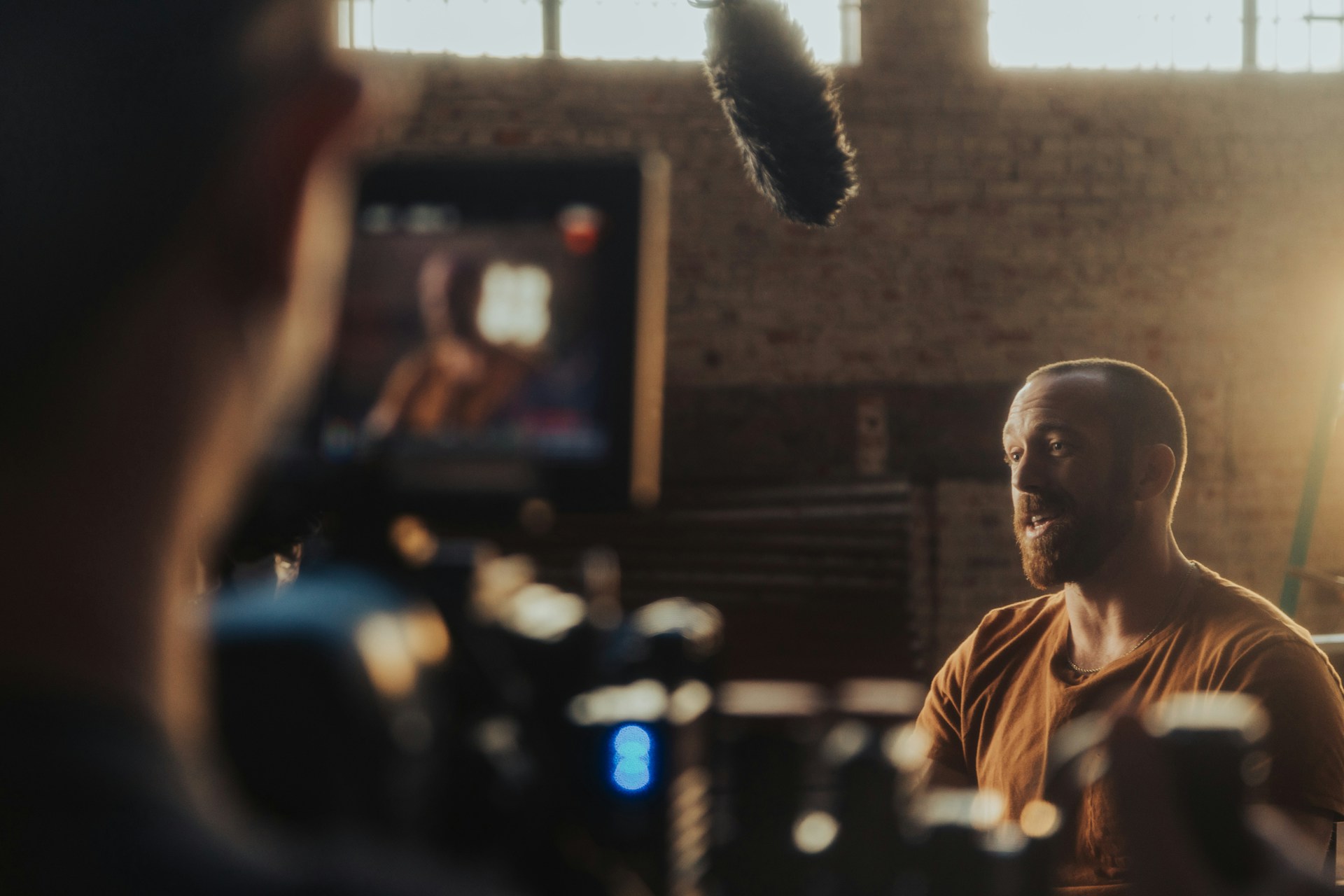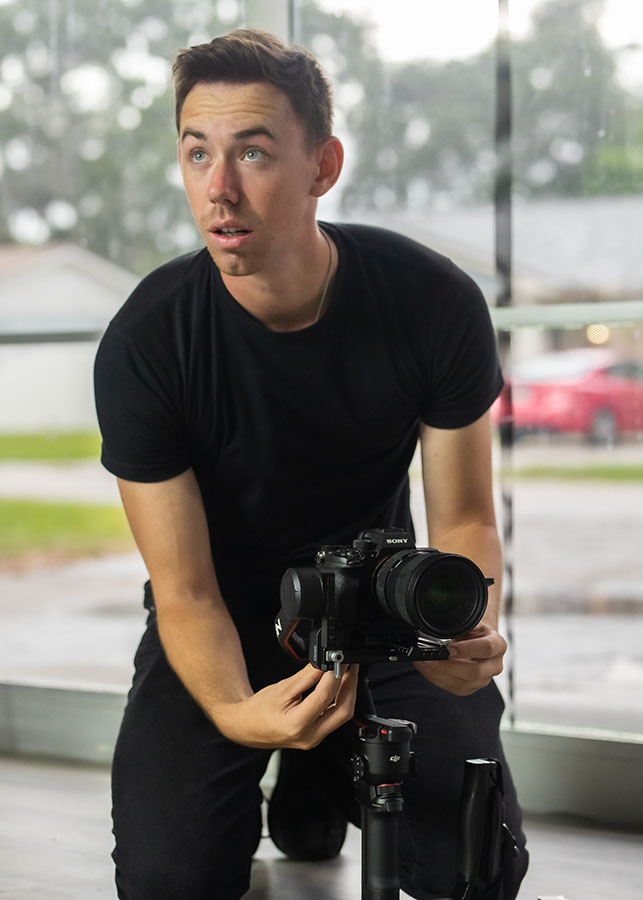Navigating video budget constraints in professional production can be challenging, but it’s entirely possible with careful planning and smart choices.
Creating a professional video can be an exciting yet challenging endeavor, especially when budget constraints are in play. The cost of video production can quickly add up, making it essential to manage expenses wisely. From equipment rentals to crew salaries, several factors can drive up the cost. However, with careful planning and strategic choices, it’s possible to produce high-quality videos without breaking the bank.
Balancing a video budget in production starts with understanding what makes the process expensive. Once we identify the high-cost items, we can then explore ways to manage and reduce these expenses. By focusing on what’s essential and finding affordable alternatives, we can maintain quality without overspending.
Let’s dive into the key elements that can impact your video production budget and discover practical tips to navigate these challenges effectively. Whether you’re a seasoned professional or new to video production, these insights will help you create compelling videos while staying within budget.
Identifying Cost Drivers in Video Production
Understanding what makes video production expensive is the first step in managing your budget effectively. Several key factors can quickly drive up costs:
- Equipment Rentals: High-quality cameras, lighting, and sound equipment are essential for professional video production, but they can be expensive to rent. Specialized equipment, such as drones or high-speed cameras, can add even more to the bill.
- Crew Salaries: A skilled crew is crucial for a successful shoot. Hiring experienced directors, camera operators, sound technicians, and editors can be costly. The more complex your production, the larger and more specialized your crew may need to be.
- Location Fees: Securing a suitable location for filming can be expensive. Popular or unique locations may charge high rental rates, and permits may also be required.
- Post-Production: Editing, visual effects, and sound design require specialized software and skilled professionals. The post-production phase can sometimes take longer than expected, leading to additional costs.
Balancing your video budget involves understanding these cost drivers and planning accordingly. By identifying the most expensive elements of your production, you can explore ways to reduce or manage these expenses without sacrificing quality.
Prioritizing Key Elements to Maximize Value
Once you know what drives costs, the next step is to prioritize the elements that add the most value to your video. Not every aspect of production needs to be high-end for the final product to be effective.
- Focus on Storytelling: A compelling story or message is the heart of any great video. Invest time in scripting and storyboarding to ensure your message is clear and engaging. Good storytelling can make a significant impact, even with more modest production values.
- Essential Equipment: Determine which pieces of equipment are absolutely necessary for achieving your vision. Sometimes, a high-quality camera and good lighting are all you need. Skipping unnecessary gear helps you stay within budget.
- Critical Crew Roles: While it’s tempting to hire a large crew, focus on filling critical roles with experienced professionals. A skilled director and camera operator can make a big difference. Supplement with less experienced crew for other roles to save money.
- Effective Editing: Post-production is where your raw footage comes to life. Prioritize this phase by ensuring you have a talented editor. Good editing can elevate your video significantly, making it worth the investment.
Focusing on these key elements can maximize the value of your video production. Invest in what matters most to your project and look for ways to cut costs on less critical areas. This balanced approach ensures you produce a high-quality video while staying within your budget.
Cost-Effective Alternatives for High-Expense Items
Managing a tight video budget doesn’t mean compromising on quality. There are plenty of cost-effective alternatives to some of the more expensive items in video production.
- Equipment Rentals: Instead of renting high-end equipment, consider using mid-range gear that still delivers good quality. Some rental houses offer discount packages that bundle essential items like cameras, tripods, and lights. This can save a lot of money compared to renting each piece separately.
- Freelancers and Students: Hiring freelancers or film students can be a great way to save on labor costs. Many freelancers have their own equipment and offer competitive rates. Film students are often eager for real-world experience and can bring fresh ideas to your project at a lower cost.
- Stock Footage and Music: Using stock footage and music can be a cost-effective way to add high-quality elements to your video. Stock libraries offer a wide range of clips and tracks that can eliminate the need for expensive shoots or custom scores.
- DIY Approach: For smaller projects, consider taking a do-it-yourself approach. Smartphones today have excellent video capabilities and can be a practical alternative for quick shoots. Free or low-cost video editing software can also get the job done without needing a professional suite.
Making these strategic choices can help you keep production costs low while still producing a high-quality video. Balancing cost-effective options with essential high-quality elements can make your project stand out without straining your budget.
Tips for Keeping Your Video Budget on Track
Keeping your video production within budget requires careful planning and smart decision-making. Here are some tips to help you stay on track:
- Create a Detailed Video Budget: Start by making a detailed budget that accounts for every aspect of the production. Include costs for equipment, crew, locations, permits, and post-production. A clear budget helps you anticipate expenses and avoid surprises.
- Set Priorities: Decide what is most important for your video. Focus your budget on these key elements and cut back on less critical areas. This will ensure that the most crucial aspects of your video get the resources they need.
- Plan Ahead: Planning is essential for staying within budget. Book locations, hire crew, and rent equipment well in advance to avoid last-minute expenses. Clear planning also helps reduce the time needed for each phase of production, which can save a lot of money.
- Monitor Spending: Track your spending throughout the project. Compare actual expenses to your budget regularly. If costs start to exceed your budget, find areas where you can cut back immediately.
- Be Flexible: Being flexible can also help control costs. If one location is too expensive, consider alternative venues. If a particular shot is taking too long, adapt your plan to stay on schedule.
Following these tips helps you manage your video budget effectively, allowing you to produce a professional video without overspending. Staying organized and having a clear plan makes a significant difference in keeping your project on track.
Conclusion
Navigating budget constraints in professional video production can be challenging, but it’s entirely possible with careful planning and smart choices. By identifying the key cost drivers, prioritizing essential elements, and exploring cost-effective alternatives, you can create high-quality videos without breaking the bank. Whether you’re working with basic equipment or hiring a mix of professionals and students, there are many ways to balance your budget and still produce compelling content.
To keep your video production on track, create a detailed video budget, set clear priorities, and be flexible with your plans. Monitoring your spending and planning ahead will help you avoid unexpected costs and keep your project within budget.
Don’t let budget constraints limit your creativity and storytelling. At MAGNAFOTO, we are here to help you achieve your vision. Contact us today to see how we can collaborate on a successful video production project that fits your budget and captivates your audience.












